Review
Cleverly programmed: Bridgnorth’s Haydn moment
English Haydn Festival 2025 – A review
Share this

BY SIMON MUNDY | FIRST PUBLISHED 28 JUN 2025
Sometimes a festival finds a story and makes links that are irresistible. Such is the case with the English Haydn Festival (EHF), held in Bridgnorth, Shropshire. Most of its concerts happen in the airy double-cube space, with excellent acoustics, of the church devoted to St Mary Magdalene. It was being built, to the specifications of Thomas Telford, while Haydn was on his first visit to England. In fact, on the date this year’s festival ended, 15 June, Haydn was having a fine time at Royal Ascot, marvelling at the course, the horses, the rain, the crowds and the amount of money changing hands at the bookies. Had he been dropping in to the Royal Enclosure in 2025 he would probably have found little had changed, except that King Charles III doesn’t, unlike George III, have his own betting booth.
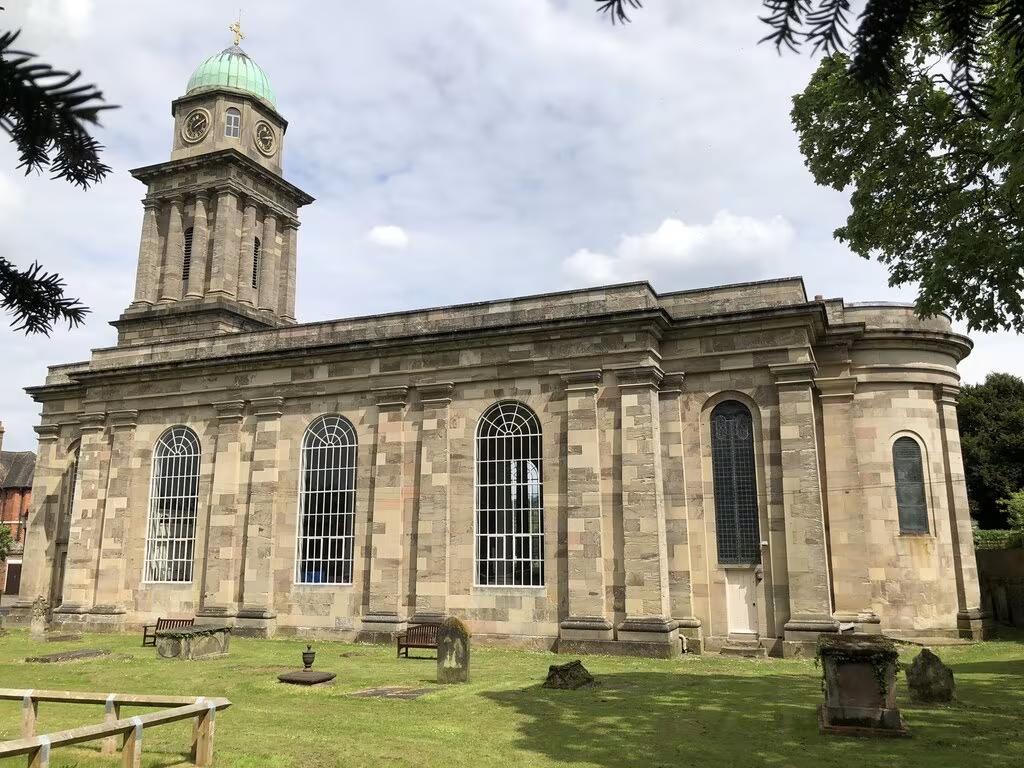
Back in Bridgnorth, which Haydn failed to visit, the EHF has been celebrating him for 31 years – its own orchestra assembled under the critical leadership of Simon Standage, and the programme directed from the harpsichord and conducted by its Artistic Advisor, Steven Devine (read our recent interview with him here). EHF provides this bustling market town with ten high quality concerts in five days.

The orchestra is not full of young members, but the vast experience in its ranks means that the players contribute research expertise as well as exceptional musicianship: Crispin Steele-Perkins as first trumpet, for example, and Robert Percival as Principal Bassoon. This year, the latter had helped revive JC Bach’s Concertante for two violins and cello. On the Friday lunchtime (13 Jun), the Consone Quartet were joined by the wind section for the arrangements Haydn’s younger contemporary, Paul Wranitzky (1756–1808), made of the two Op. 71 quartets. Apparently, Haydn approved of their extension into nonets, but he may not have heard them. (Had he done so, he might have suggested replacing horns, which muddy the clarity, with a bassoon and made them octets.)

The lunchtime concert on the Saturday (14 Jun) involved an excursion a few miles to the north to the tiny church in the hamlet of Acton Round. 70 people crammed into the pews to hear a fortepiano and period violin (a 1630 Amati) recital by Jacqueline Ross & Dominika Maszczynska. The good thing about Haydn is that he lived so long. It is easy to pair his G major Sonata from 1793 with a mid-career Beethoven like Violin Sonata in E flat, Op. 12 No. 3, from 1798 or the A minor Sonata, Op. 23 from 1801.
That same day’s evening concert featured Haydn's final symphony alongside Mozart, Schubert, and William Herschel’s unpublished Oboe Concerto No. 1, premiered by Herschel himself in Bath in 1759. Herschel, it must be said, was a rather better astronomer than composer, but it was fascinating to listen to oboist Mark Baigent’s rendition of this concerto. The two composers crossed paths in 1792. After a day spent at the races, Haydn was taken over to Slough to meet Herschel, and to see the 40-foot-long telescope with which he had just discovered moons of Saturn.
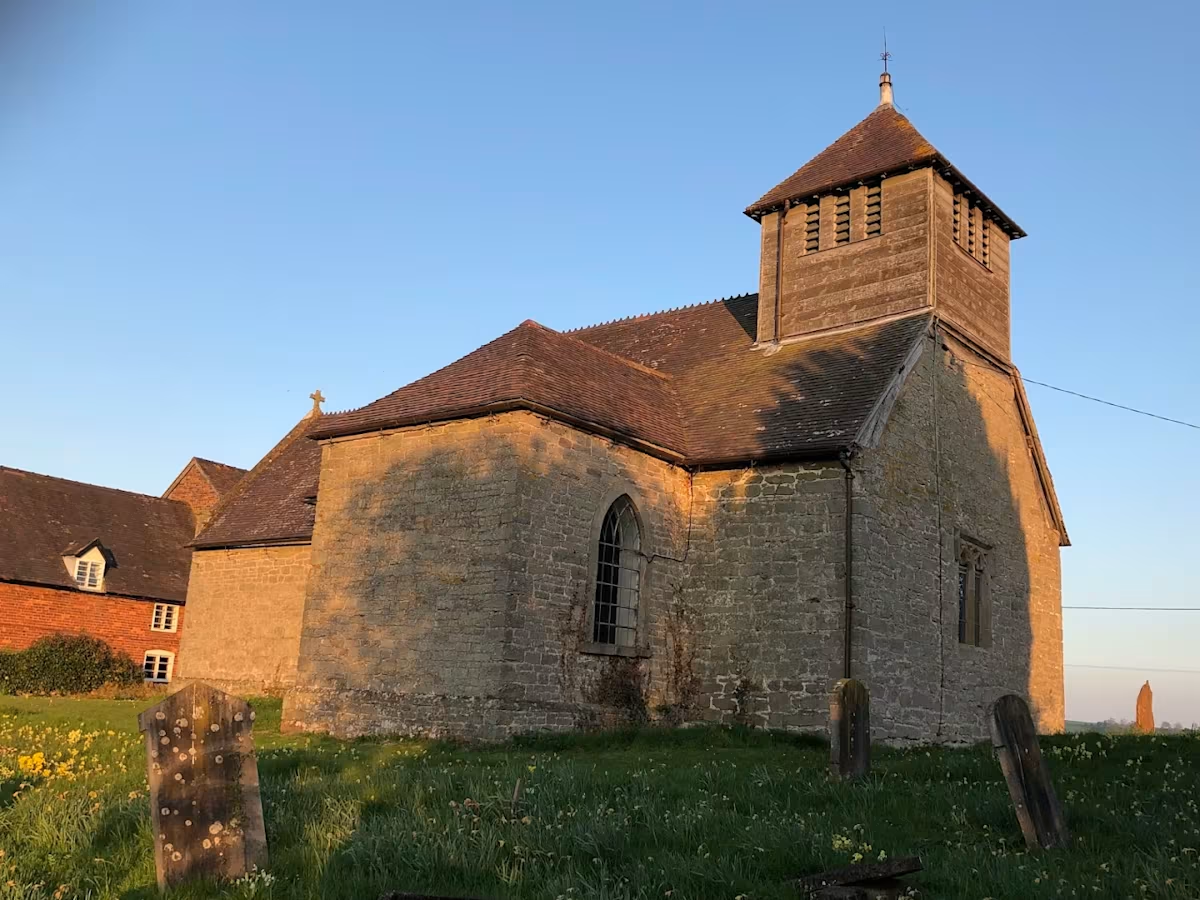
Following the Herschel, Jennifer Pike, surely one of the most musically intelligent violinists playing in Britain at the moment, gave us a beautifully balanced performance of Mozart’s Violin Concerto No. 5 in A, K219. She has an instinctive ability to let her solo emerge from the tutti so that it is a continuous line, not a virtuoso assault. Her poise on this occasion was all the more impressive, because it was her first concert back after a serious wrist injury last year.
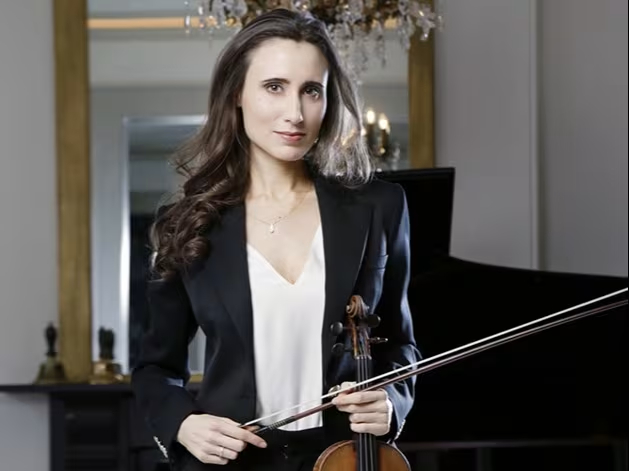
The backbone of the festival was provided by the Haydn symphonies: Nos 73 and 83 on the Friday evening, and No. 104 (‘London’) on Saturday. Finishing with the ‘London’ Symphony, with its double wind and brass, demonstrated perfectly why orchestral music was never the same afterwards – Haydn paving the way for all the expansiveness of the following century. In a space holding only a few hundred people, it sounded magnificent.
On the Sunday (15 June), the EHF took a leaf out of TS Eliot – in the end is the beginning – finishing with The Creation (in English). With a small but vibrant choir of 30 (The Phoenix Singers Shrewsbury) and well-rounded contributions from soprano Ana Beard Fernández, tenor Timothy Langston and bass Eugene Dillon-Hooper, the journey from chaos into light was negotiated with the full release of energy.
Through the EHF, Bridgnorth has become a place where Haydn's spirit unmistakably lingers. Revering history without being trapped by it, the Festival has survived for three decades in a part of the Midlands that is rarely able to host music making of this calibre. It is so cleverly programmed it deserves far wider recognition.
Share this
Keep reading
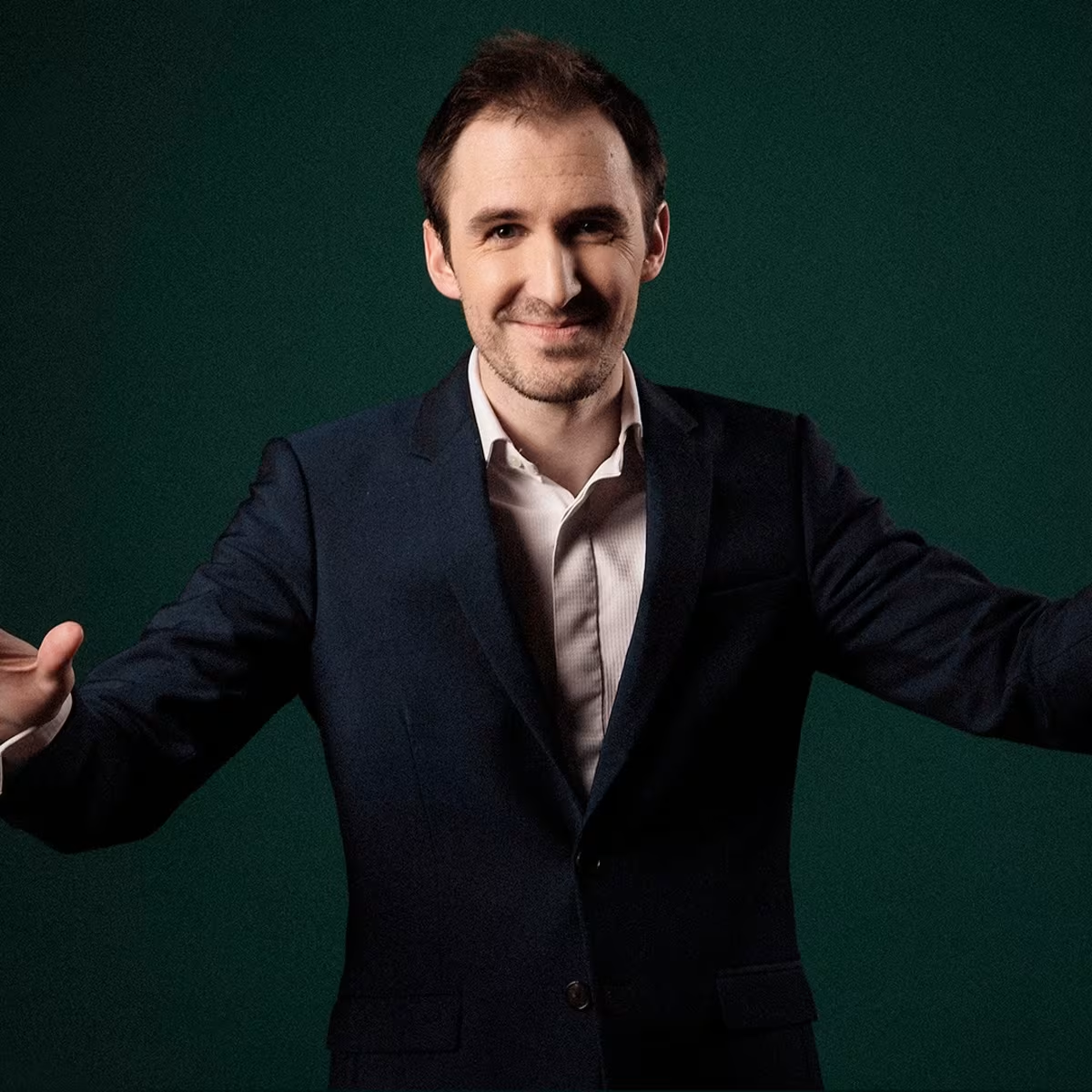
Gaétan Jarry: Royal relations
The French conductor and his Versailles-based ensemble Marguerite Louise, make their UK debut with New College Oxford Choir at London Festival of Baroque Music.
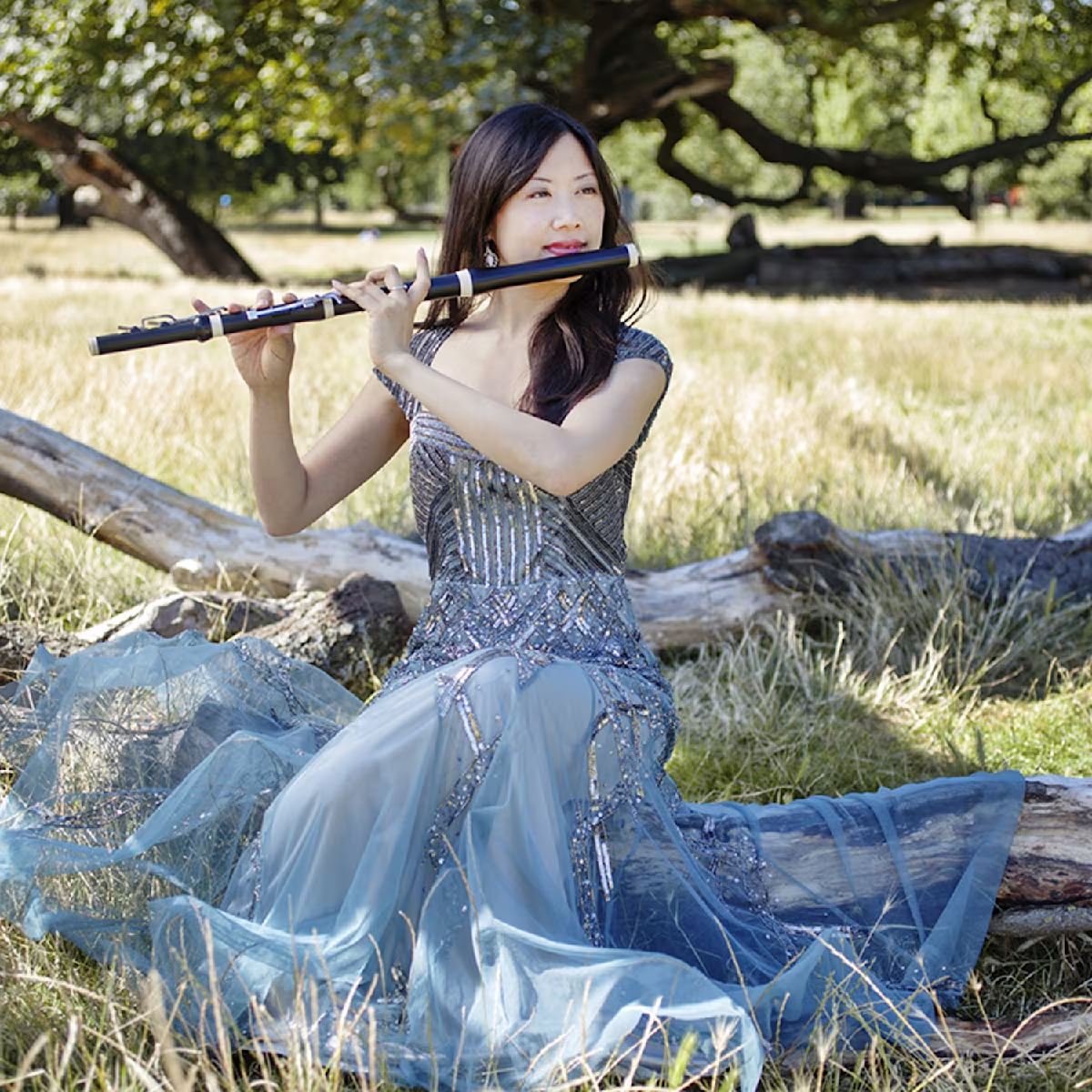
In conversation: Yu-Wei Hu
Continuo meets flautist Yu-Wei Hu, a member of Oxford Bach Soloists, and a founding member of Flauguissimo
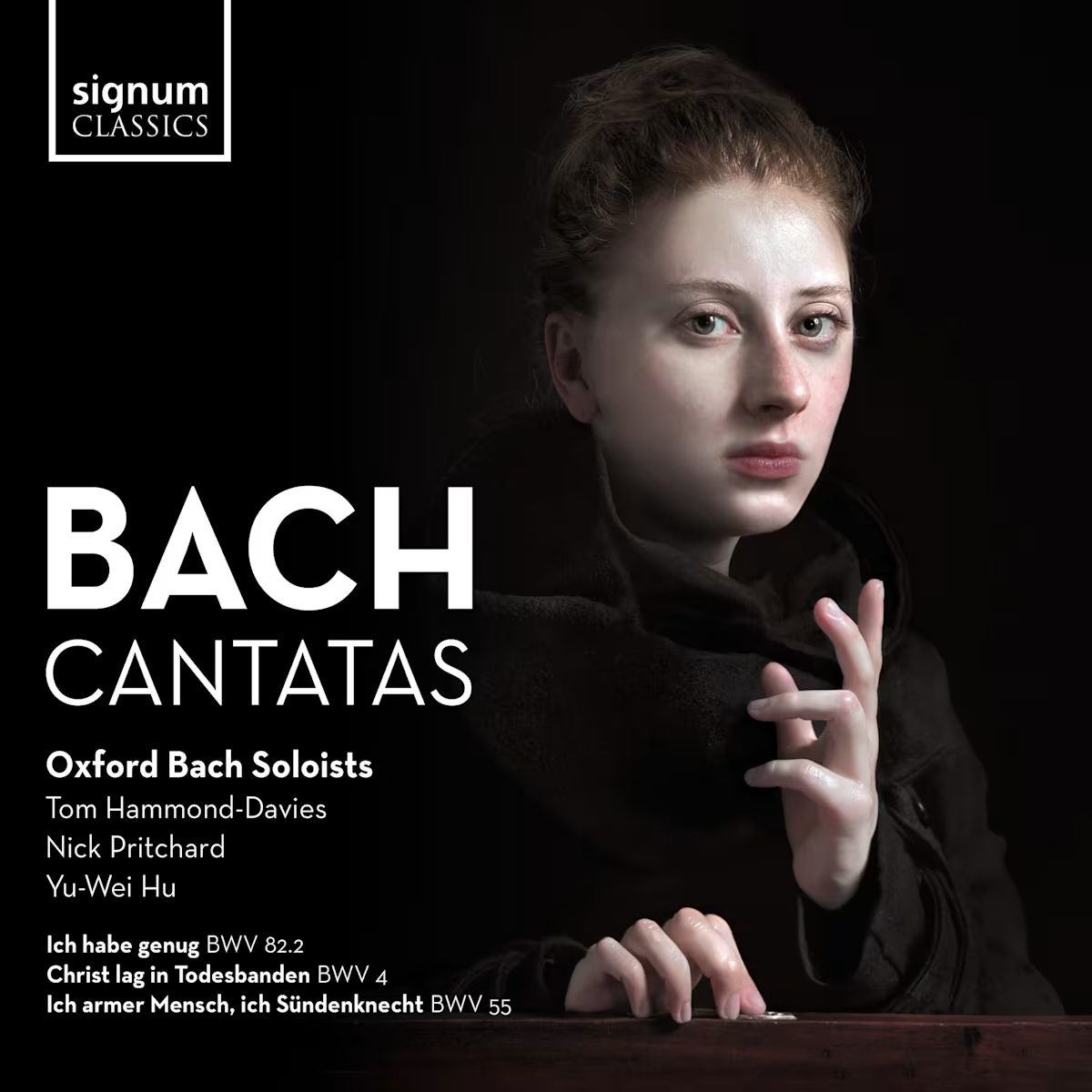
Bach Cantatas
A recording celebrating Oxford Bach Soloist's journey with Bach, and an invitation to experience his timeless music



